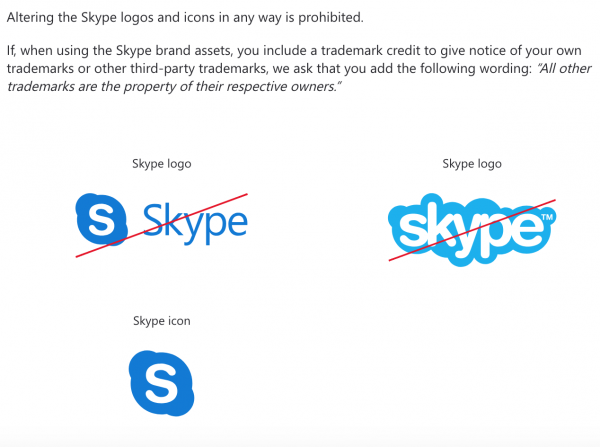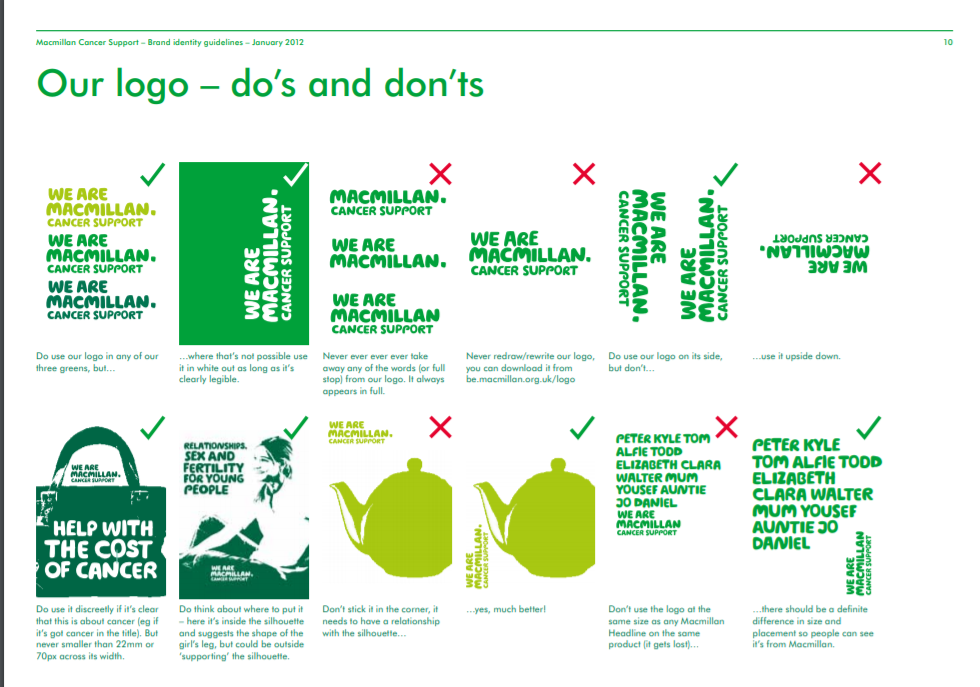Giving feedback ain’t easy. Who hasn’t inadvertently upset someone whilst giving feedback? It’s especially hard when you’re working with someone remote, who you do not know well. Differences of culture, language and job function can all easily lead to confusion and upset.
However, you need your projects to be successful. You need to convey what is wrong with the work, and what needs to change. How do you do this quickly, and have it taken on-board by the other party?
Giving good feedback is a super-power. It makes your projects be more successful and finish faster. It elevates work from digital trench-warfare to figure skating.
Luckily, you don’t need to learn the language of Hex Codes or Photoshop to communicate feedback in crystal-clear terms to a freelance designer. Our team has put together advice drawn from our experience designing tens of thousands of slide decks, landing pages, ebooks, animated videos and a whole host of other designs. Here’s how to ace freelance design feedback.
#1 Be specific
You get your project back, excitedly open it up, and it’s just not what you were expecting. Your heart sinks. You feel your inner Edward Hyde emerge, ready to verbally rip apart everything you see. Stop! This isn’t going to bring you success!
The most fundamental component of successful design feedback is to be specific. To explain, in concrete actionable terms what you want changed (and for bonus points, why).
Like it or not, design is hugely subjective. Your designer cannot mind-read (we’ve tried our best, we promise), so you need to empower them with what’s in your mind. The effort you put in is half of the project’s success.
“Share both what you like and don’t like. Be as specific as possible,” recommends CEO and co-founder Chris Finneral.
Norman Barry, a former creative director at Ogilvy once said: “give me the freedom of a tight strategy.” Designers need to understand the boundaries before they can deliver creative that works. So, rather than focusing on what you don’t like, get specific. Explain the exact elements of the project that don’t work for you, such as a neutral color scheme or the typography.
Also, don’t be afraid to ask for help if you’re not sure what specific feedback to give your freelance designer. You and your design team are working on this together, and a call can go a million miles towards getting things running well.
For more tips on how to make a great brief check this cool interview with Katie, our Project Manager and brief expert.
#2 Show-and-tell your ideas
Designers are very visual, so it’s always a great idea to communicate through visuals. There are things a good example can convey that words never could.
“Try to explain why, and when possible, offer comparisons,” says Kris Winquist. Say things like “I want a more modern feel, and this other piece feels modern to me.”
Examples are a really valuable way to communicate ideas with designers. You don’t need to stick to the realm of your project (e.g. a slide deck) to get your point across, you can take examples from anywhere (e.g. a website, or catalogue). Go above and beyond by sending your freelance designers links to websites, or clips of advertisements, poster designs, and other creative content you love, especially when it illustrates what you mean by “too stiff” or “more vibrant color.”
Another tried-and-true method of communicating your preferences and dislike includes visual examples of do’s and don’ts. In fact, it’s a common tactic for visual brand guidelines. Check out these visual examples of do’s and don’ts from Skype and MacMillan Cancer Support to get an idea of what we mean:


#3. Use the right medium
If you want to provide useful feedback to your freelance designer, then consider getting to know their communication style. For instance, if your designers find it easier to understand feedback via a video format versus a live call, an email, or audio, consider opting for providing feedback via video.
“In order for you to get the best results, it is important to know your designers and how best to talk to them. Everyone is different,” says project manager Lia Polizer, “building rapport and knowing the correct approach is vital.”
But it’s important to remember that rapport is built over time, not overnight. So, let’s get you through the first round of revisions for now. If you’re not sure what the right approach is, ask what works for your designer and what they need to be successful.
#4. Consider word choice
“When working with a global remote team, it is helpful to remember that English may not be your designer’s first language,” says project manager Kara Swietlik. “Try to give instructions and feedback that are as clear as possible and consider your word choices.”
Everyone can get on board with visuals. If you’re working with an ESL team, the simplest way to show what you mean by “happy” or “inspiring” is probably to send over some screenshots. Ask if your feedback makes sense.
Also, nix the slang and jargon. “Silver bullet” and “hit it out of the park” aren’t universal metaphors, and they rarely “hit a home run” with ESL freelance designers. There’s almost always a simpler way to say what you mean. Try these quick tips to simplify your word choice for better feedback:
- Instead of “utilize,” say “use”
- Instead of “exhibit,” say “show”
- Instead of “advantageous,” say “helpful”
- Instead of “disseminate,” say “spread”
#5. Remember, your opinion is subjective
It’s critical to keep in mind that your opinion is personal and specific to your likes and dislikes. You can communicate your preferences and dislikes professionally without making your designers feel inadequate about their skills or ability to get the job done.
“It can be easy to write comments that come across as harsh and demotivating for the other side,” says CMO David Mack. “Remember, your opinion is subjective. The designer has put a lot of thought into their design choices.”
Be constructive, not destructive. Design your feedback so that it educates your designers. Stick to the idea and the work project, not the person. Here are some tips to get it done:
- Assume the designer has done their best with what you’ve provided
- Don’t forget to highlight what is good, and what you love
- Be specific
- Stick to actionable requests
- Never be demeaning
#6. Don’t forget the goals and vision
Clear, actionable feedback is the foundation for communication. Once you’ve got that down, it’s time to think about the higher goals. With a design project, you’re looking to create something that delights people, looks great, helps you grow your business. You want to make your design team partners in these goals. The more they understand about what you’re trying to achieve, the more they can help you achieve it.
“Try to explain what you want to change so the designer can then think about ideas,” recommends designer Jess Souza. “You want to give them enough direction that they can then be creative within it.”
#7. Break through creative tunnel vision
The longer you stare at a project the less of it you see, as you grow familiar with its design. Even the most inspiring, kick-ass design can feel boring and plain when you’re on the tenth edit cycle.
This can be a real threat to projects, as they drag on and you feel increasing dissatisfaction with them. Sometimes projects reach a plateau, not quite good enough but no longer changing or improving.
It’s times like these that fresh perspective is exactly what the design-doctor prescribes.
“Sometimes designers can end up behind blinders,” says designer Gustavo Panich. “Bring some fresh outside perspective to reignite the creative juices.”
Find a colleague who hasn’t seen the project before and get their opinion. Or ask the team to try out a new idea and see where that takes you. Sometimes getting an extra designer to weigh in / sketch some ideas can be just the ticket to breaking out of the tunnel.
Remember that if you’re in this situation, it’s not a crisis: projects pass through this phase and turn out successful all the time. Graphic design is a creative endeavor, and almost the definition of creativity is that it’s not a linear process. George F. Kneller‘s 1965 literary work Art and Science of Creativity reminds us that “[to] think creatively, we must be able to look afresh at what we normally take for granted.”
So stay the course and ride through those choppy waters to the golden sand beyond.
#8. Provide complete copy
Copy is hard work. We know that first hand. It’s always tempting to hand over a half-written piece to the design team when deadlines are looming.
However, recognise that this will have an impact on your design project. Your mistakes will need to be corrected later, and if you make substantial changes to the text, the design will need re-flowed to accommodate them.
“Take a few extra moments to read through your copy to make sure there are no spelling or grammar errors,” recommends project manager Katie Swietlik. “If there’s a glaringly obvious spelling error it will usually be caught by the design team,” says Swietlik. Still, try to “avoid extra back and forth by doing a quick proofread before uploading your brief.”
#9. Don’t be afraid to be specific
It’s a delicate balance between giving a creative enough free-reign to explore great ideas and getting exactly what you want. If you’ve a very clear idea of what you need done, don’t be afraid to ask for it – otherwise you’re sabotaging yourself.
“Also, if you want something specific, just say so.” says Jess Souza
The ABC of great feedback
Since we all love acrostics, and we might be closet Glengarry Glen Ross fans, we’ve an ABC of our own: Always Be Compassionate. If you give feedback with your designer’s best interests at heart, if you believe in their capabilities and do your best to help them be successful, you yourself will be successful too.
Now that you’re a feedback pro, don’t you wish you had a design team to give feedback to? Well, we can help you there. Have a great week!
